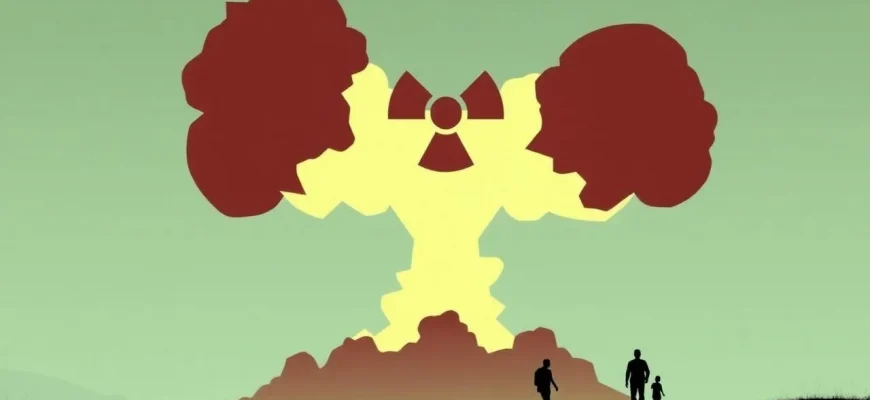Radiation poisoning is a terrifying and often misunderstood phenomenon. These films delve into the chilling effects of radiation exposure, offering a mix of science fiction, drama, and real-life accounts. From post-apocalyptic landscapes to the personal struggles of those affected, this collection provides a comprehensive look at the consequences of nuclear disasters and the human spirit's resilience in the face of such adversity.

The Hills Have Eyes (1977)
Description: This horror film involves a family attacked by a group of cannibalistic mutants, implied to be the result of nuclear testing in the Nevada desert.
Fact: The film was remade in 2006, with a sequel following in
 Watch Now
Watch Now 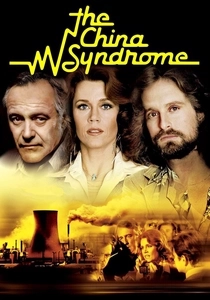
The China Syndrome (1979)
Description: This thriller explores a potential nuclear meltdown at a power plant, highlighting the dangers of radiation and the cover-ups by those in power. It eerily predicted the Three Mile Island accident.
Fact: The film's release was just 12 days before the Three Mile Island nuclear incident.
 Watch Now
Watch Now 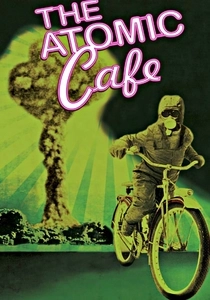
The Atomic Cafe (1982)
Description: A documentary that uses archival footage to explore the American government's propaganda and public response to the atomic bomb and radiation during the Cold War era.
Fact: The film uses no narration, relying entirely on the juxtaposition of historical footage.
 Watch Now
Watch Now 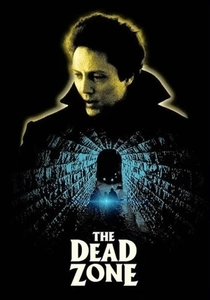
The Dead Zone (1983)
Description: While not directly about radiation poisoning, the film features a character who gains psychic abilities after a coma caused by a car accident, which could be interpreted as a form of radiation-induced mutation.
Fact: Stephen King wrote the novel on which the film is based, and it was one of the first adaptations of his work.
 Watch Now
Watch Now 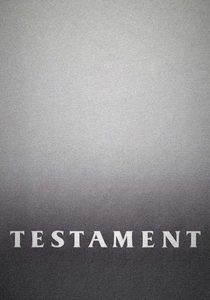
Testament (1983)
Description: This film focuses on the aftermath of a nuclear attack on the United States, showing the slow, painful decline of a family due to radiation sickness.
Fact: It won the Grand Jury Prize at the Sundance Film Festival.
 Watch Now
Watch Now 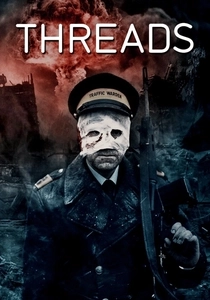
Threads (1984)
Description: A British television drama that portrays the effects of a nuclear holocaust on the city of Sheffield, including the long-term effects of radiation on survivors.
Fact: The film was praised for its realistic portrayal of nuclear war's aftermath, leading to its use in educational settings.
 Watch Now
Watch Now 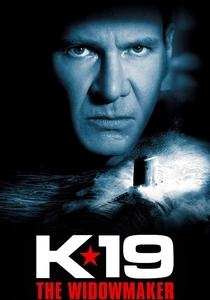
K-19: The Widowmaker (2002)
Description: Based on a true story, this film follows the crew of a Soviet nuclear submarine dealing with a nuclear reactor meltdown, showcasing the immediate and long-term effects of radiation exposure.
Fact: Harrison Ford and Liam Neeson both learned Russian for their roles, although they spoke English in the film.
 Watch Now
Watch Now 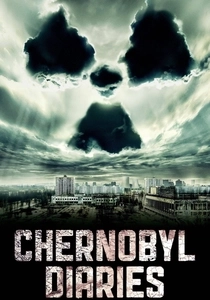
Chernobyl Diaries (2012)
Description: A group of tourists exploring the abandoned city of Pripyat near the Chernobyl Nuclear Power Plant encounter horrifying consequences of radiation exposure. This film blends horror with the eerie reality of the Chernobyl disaster.
Fact: The film was shot in Serbia, with some scenes filmed in the actual abandoned city of Pripyat.
 Watch Now
Watch Now 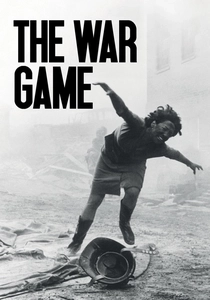
The War Game (1965)
Description: This docudrama, banned by the BBC for its graphic depiction of nuclear war's aftermath, includes scenes of radiation sickness and societal breakdown.
Fact: It won the Academy Award for Best Documentary Feature in 1966, despite never being broadcast on television.
 30 Days Free
30 Days Free 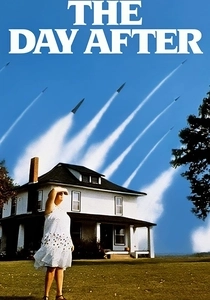
The Day After (1983)
Description: This made-for-TV movie depicts the aftermath of a nuclear war, focusing on the devastating effects of radiation on survivors in Kansas City and Lawrence, Kansas. It's a stark reminder of the potential horrors of nuclear conflict.
Fact: The film was so impactful that it influenced public opinion on nuclear war, leading to increased support for nuclear disarmament.
 30 Days Free
30 Days Free 
